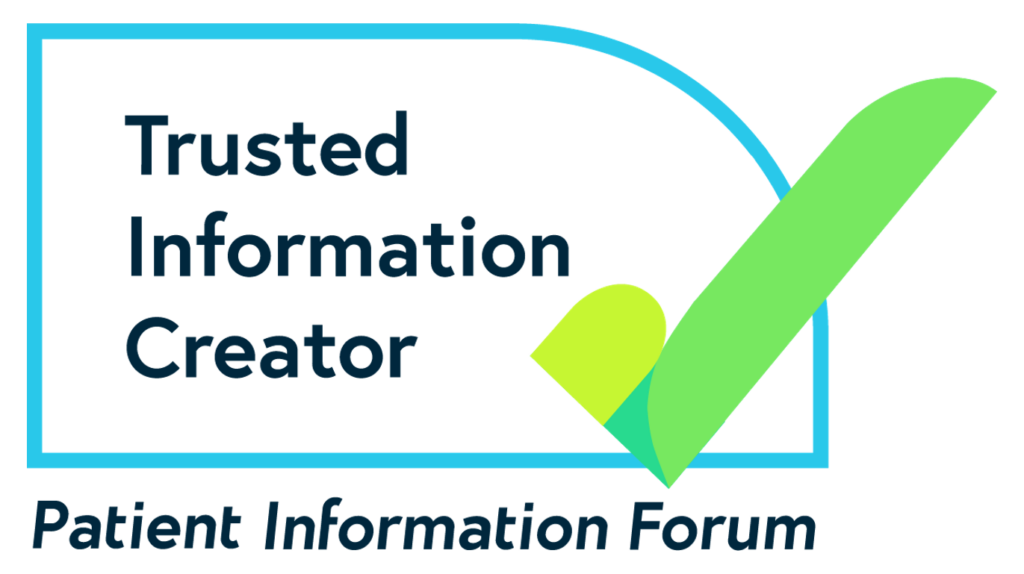By Chris Bath, Managing Director at Aurora Healthcare Communications
The world is in shock.
Pandemic ‘recovery’; cost of living crisis; rising inflation and geopolitical instability at an all-time high for a generation. We’re in the middle of a polycrisis, and that’s not all.
Around 1.5 billion people will be going to the polls this year, as significant elections are taking place in more than 50 countries which between them hold almost half of the world’s population.
Uncertainty, then, is a constant we have come to live with. The result of this, is that we have come to crave something many people shy away from: change.
Global change coming to life science is good for all.
The life science industry, often proving to be resistant to most existential crises and pressure, has faced unprecedented low levels of investment, M&A activity and, as a result, lagging clinical pipelines. 2023 saw the lowest number of clinical trial starts since 2018.
If the world is in shock, the industry needs a shock of its own to ignite the change that innovation needs. This change is round the corner.
‘Pipeline in a product’ therapeutics, along with new and complex modalities, that will transform medicine, and, if given the right access environment, will also necessitate a reset, or change, in how we treat disease. Countries are rapidly standing up modern health systems that can accommodate these new innovations (let’s park capacity for a second, because that’s an altogether different challenge) and this rapid expansion requires genuine global expertise.
According to Deloitte, one of the main reasons why larger biopharma organisations miss their growth targets is because of an inadequate understanding of market dynamics and a complete misunderstanding of customer needs. A shameful finding given the hyperconnected world we live in. In today’s world, there really is no excuse, and change is not being embraced to stay in sync with the world today.
A true worldview and ‘global’ expertise then are paramount. But there really is no such thing as ‘global’ when it comes to life sciences. With every border comes a new culture to embrace, a new set of compliance considerations to consider and a new health system to navigate. The reality is that our work needs to resonate with countries and regions far more diverse than the term ‘Global’ allows.
For global strategy to be a success, you need to think ‘Glocally.’
Overcoming tunnel vision by thinking ‘Glocal’
How we tell stories about breakthrough science and the value this delivers to countries with unmet needs, demands a worldview on a range of issues to make sure medicine gets into the hands of those who need it.
Recent changes to EU regulations (for example, the Clinical Trial Regulation and new Medical Device/IVD Regulation) and other market uncertainties, such as cross-border collaborations and their potential impact on market access, are making it increasingly difficult for biopharma and biotech to forge ahead.
For programmes to resonate (and results to follow), multiculture, diversity and the need to consider all stakeholders in the care pathway are important, and that requires more than just a local presence, it necessitates a true understanding of local market dynamics. That means:
- Ensuring clinical trial recruitment materials are trans-created, so they not only resonate in-market, but also, they engage sites and recruit patients, and protocols co-designed with patient experience data.
- Commercial strategies are built with worldwide insight, supporting activities designed to drive uptake of medicines and new technologies through creative-led medical communications.
- Market access plans need to be shaped with payors years in advance of a commercial launch, and the right data generated through clinical development programs to gain reimbursement.
- Building global integrated teams that deliver across time zones to deliver at pace with cultural and compliance understanding built in.
As innovation lays a path for companies to expand internationally, we need to re-calibrate our understanding of the needs of nations and regions and people in a way that demands genuine expertise.
Our clients need partners who understand all these challenges, and in fact are purposefully designed to address and embrace them. So, that’s what we’ve built.
A Global vision with local precision
With decades of experience across every region of the globe, we’ve witnessed firsthand how the nuances of local geographies and cultures influence each phase of drug development and commercialisation. These insights have shaped our approach, leading us to create a platform of services that operate in harmony across the globe, delivering results that are truly greater than the sum of their parts.
By integrating solutions from clinical trial enrollment and medical communications to consulting and advertising, we’ve created an ability to take a wide-angle view, offering comprehensive, end-to-end support that spans the entire lifecycle—from early clinical milestones through to launch and global expansion.
This strategic offering is deeply ingrained in our heritage and our long-standing commitment to Global Health Marketing and Communications (GHMC)—the world’s largest network of independent healthcare agencies. Together, we’ve seen the difference a strategic and sensitive approach to multi-market programmes can make, as part of a deep understanding of healthcare across markets, cultures and codes.
As we seek to deliver change, we need to embrace it. And that’s what a truly ‘global’ partner like Spectrum Science is designed to do. If you want to see what this difference looks like, get in touch.

